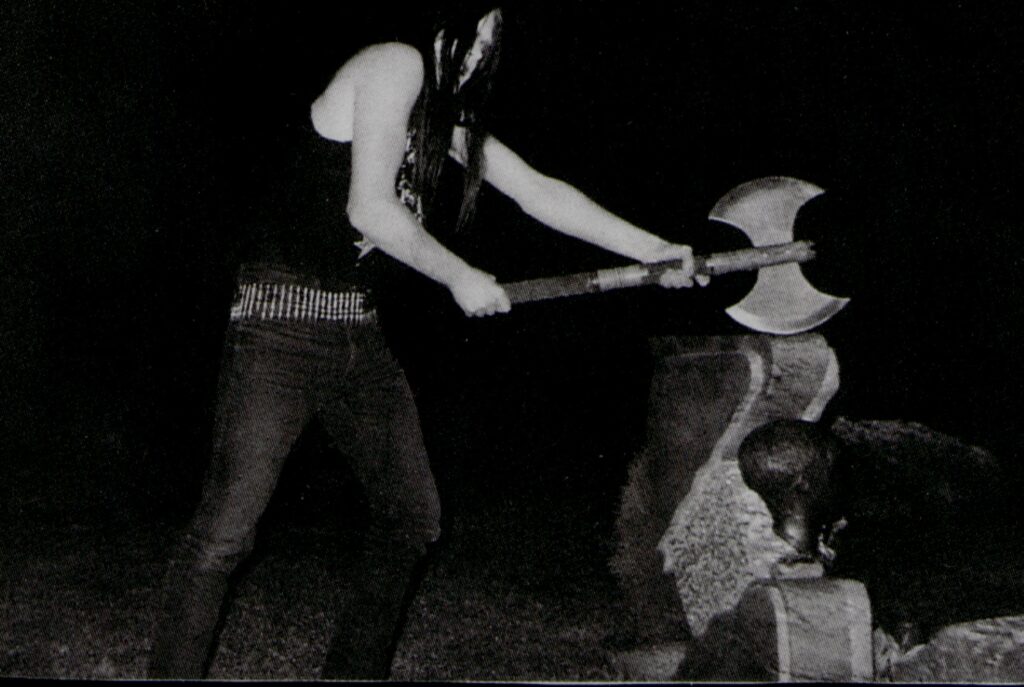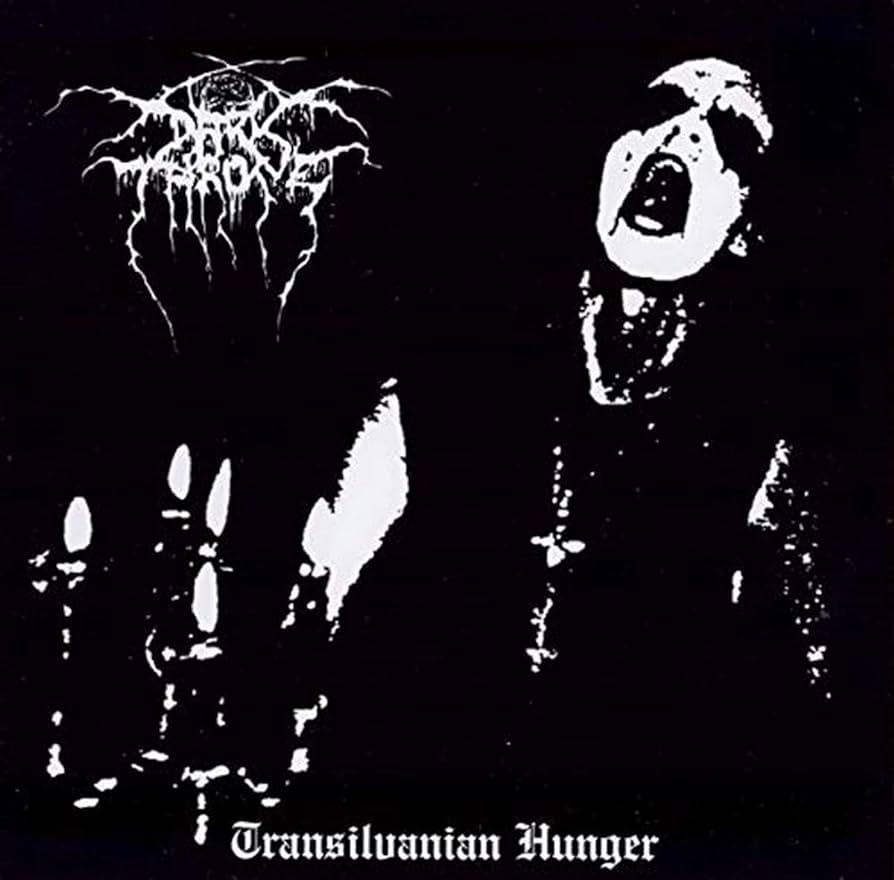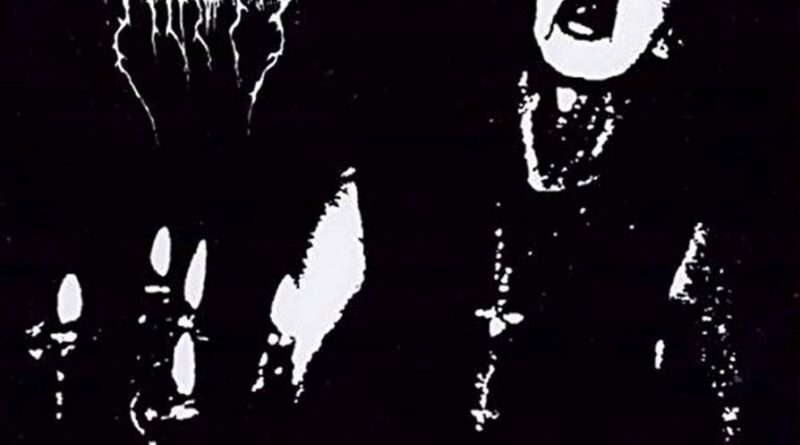HEAVY MUSIC HISTORY: Transilvanian Hunger – Darkthrone
Rewind the clocks to the early years of the 1990s and something was brewing in heavy metal’s underground. After the likes of VENOM, BATHORY, MERCYFUL FATE and HELLHAMMER had set the foundations for black metal in the decade prior, in the frozen tundra of Norway, black metal’s now infamous second wave was about to take our world by storm. Across the Scandinavian country, a collection of bands were developing the style of their forebears into a sound that would sweep across the globe. MAYHEM, EMPEROR, SATYRICON, ENSLAVED, IMMORTAL, and (controversially given what would later transpire) BURZUM all played a hugely vital part in shaping what would become the blueprint sound for black metal. And amongst them sits DARKTHRONE; arguably one of the most important bands in extreme music.
The turn of the 1990s saw DARKTHRONE unleash their debut record, Soulside Journey, and although their first full-length record sat more comfortably within the death metal space, 1992’s A Blaze In The Northern Sky and 1993’s Under A Funeral Moon saw the band embrace a black metal sound and establish themselves amongst Norway’s fledging scene and although they sat outside of the core group of the infamous ‘inner circle’, they quickly established themselves as a vital name in the genre’s explosion onto the wider metal scene.

With two solid black metal releases under their belts, attention quickly turned to crafting their fourth full-length record. With the departure of Zephyrous the previous year, the duo of Nocturno Culto and Fenriz (of which would remain as the band’s lineup to this day) set about to create what would become the iconic record.
Fenriz took it upon himself to perform and record all instrumentation on a 4-track recorder set up in his bedroom, dubbed Necrohell Studios, before Nocturno Oculto added wave after wave of piercing shrieks and howls throughout November and December 1993. Upon its release just several months after recording, Transilvanian Hunger was instantly lapped up in the black metal scene – setting the foundations for it to became a classic. Largely, its appeal was due to its minimalism. Black metal at its best, thrives on minimal and raw instrumentation rather than obtuse heaviness and in songs like Over fjell og gjennom torner, the title track or Graven tåkeheimens saler, the band delivered this in spades. Just look at its striking artwork, which features an heavily contrasted image of Fenriz in corpsepaint, screaming and grasping a candelabra, this is awash with raw minimalism. An immediate visual snapshot into the black metal soundscape and one that has become an iconic image of the genre.
The record, just like so many of its time, is not without its controversy however. Lyrics for four of the album’s tracks were written and provided by Varg Vikerness, and originally, the back cover bore the words “Norsk Arisk Black Metal (Norwegian Aryan Black Metal)”, although this would later to be removed following a wave of rightfully negative feedback from distributors. Additionally, at the time the band would double down and issue another controversial statement upon the album’s release. “We would like to state that Transilvanian Hunger stands beyond any criticism. If any man should attempt to criticize this LP, he should be thoroughly patronized for his obviously J**ish behavior”. [We have decided to censor the statement] The band’s label, Peaceville Records issued both this statement and their own response, berating the sentiment but acknowledging that they could not censor their artists.
Although these attitudes are deplorable and have no place in this scene whatsoever, it’s important to acknowledge that the early Norwegian black metal scene, largely spear-headed by Vikernes, was a breeding ground for hate which culminated in anti-Semitic bile, church burnings, and murder. And as such, many of the bands that existed within this sphere comprised of angry and impressionable young men who spouted this without fully acknowledging the brevity of issuing such statements. It’s important to note though, that these unacceptable attitudes are a product of their time and the racial bigotry that infested Norway’s early black metal scene has weakened in the decades since, becoming a more tolerant and accepting place today.
For DARKTHRONE in particular, in the years that followed, the band not only distanced themselves from that hateful ideology but expressed regret at having ever aligned with it in the first place. 1995’s Panzerfaust included a statement from the band stating that “DARKTHRONE is certainly not a Nazi band nor a political band. Those of you who still might think so, you can lick Mother Mary’s asshole in eternity” and 2013’s Black Metal: Evolution Of The Cult features an interview with Fenriz where he disowns these past statements, describing them as “disgusting” and expresses regret.

Transilvanian Hunger, alongside A Blaze In The Northern Sky and Under A Funeral Moon, is seen as the band’s holy trinity of their black metal era. And although the band have continued strong to this date with numerous studio releases, experimenting with everything from punk to doom and good old fashioned traditional heavy metal, and remaining a big name in heavy music despite never performing live, their black metal years remain the most vital for their contribution to extreme music.
In Transilvanian Hunger, not only is it a classic for the genre, it’s influence is far-reaching, inspiring countless bands who have formed in the decades since its initial release. Without Transilvanian Hunger, black metal would not exist as we know it.

Transilvanian Hunger was originally released on February 17th, 1994 via Peaceville Records.
Like DARKTHRONE on Facebook.

